With the upward and advancement of human civilization, people gradually discovered co-relations and importance of various materials of environment. To have much more control, flexibility and also from the inborn curiosity, scientists work/ed years after years to find out the relationship among the materials of environment.
In such a way, soil was also been brought under observations and found many informations that benefited human civilization. One of the most important facts of those observations is the formation of soil.
In this article, the factors of the environment responsible for the formation of the soil is being discussed.
Soil Forming Factors
In 1960, Kellogg gave a broad definition of soil that covered almost all the major factors of soil formation, “Soil is the collection of natural bodies occupying portions of the earth’s surface that support plants and that have properties due to the integrated effect of climate and living matter, acting upon parent material, as conditioned by relief, over periods of time (Hartemink, 2016).”
Actually this definition was influenced from the Jenny’s equation.
In 1941, Hans Jenny showed that soil formation is the fuction of several

factors that can be exhibited through an equation.
S= f (Cl, O, R, P, T, …)
Where,
Cl= Climate
O= Organisms and vegetation
R= relief and topography
P= parent material
T= Time
And (….) stands for un specified factors.

These factors- responsible for the formation of soil, are distributed into two groups.
- Active soil forming factors
- Passive soil forming factors
1. Active soil formating factors
Factors those supply energy that acts on the mass for the purpose of soil formation are called active soil forming factors.
Climate and vegetation (biosphere) are active soil forming factots.
2. Passive soil forming factors
Factors those represents the source of soil forming mass and conditions affecting it, are called passive soil forming factors. These factors provide a base on which the active soil forming factors work or act for the development of soil.
Parent material, topography and time are the passive factors.
All the soil forming factors are discussed below briefly.
Climate
Climate is the average weather of a place for a long period of time (more than 20 or 30 years). It is said to be the most powerful factor of soil formation. There are some variables to measure the climate of a place. They are temperature, humidity, atmospheric pressure, wind, and precipitation. All these variables have bold impact on the development/ formation of soil.
Temperature
Temperature influence how fast parent materials weather (destroy or change)

and soil properties leaching (draining away from soil.)
The amount, intensity, timing and daily changes in the temperature affect the speed of chemical reactions. The warmer the temperature, the faster reactions occur. Because of temperature fluctuations, physical weathering of rocks increased. It also affect the moisture effectiveness.
Wind
Strong winds redistributes sand and other particles, especially in arid region.
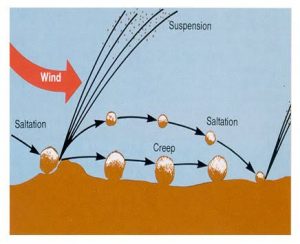
It also influences soil formation by eroding rocks.
Precipitation
Any liquid or frozen water eg: rain/sleet that forms in the atmosphere and falls back to the Earth, is called Precipitation. It is a very important factor in soil development.
Very low precipitation (as in deserts) prevent weathering of soil. Very high Precipitation (as in rainforests) occurs weathering so roughly. As a result, nutrients from the soil may leach away. Moderate precipitation fuctions the best for soil formation.

Organisms and Vegetation
The active components of soil forming factors are plants, animals, micro-organisms and man.
- Animals and micro-organisms mix soils and form burrows and pores.
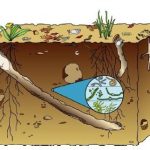
- Plant roots open channels in the soil as well as organic matter (when decomposed).
- Micro-organisms affect chemical exchanges between root and soil.
- Leaves from the plant fall to the upper surface and decompose on the soil and get mixed. (by various organisms present in the soil)
- Human influences the soil formation through manipulating natutal vegetation, agricultural practices etc.

Parent Material
Soil parent material is the mass (naturally rock) from which the soil has formed. There are two types of parent material on the basis of the place of soil formation.
- Sedentary Parent Material
- Tranported parent Material
Sedentatry: when the parent material/s function on the rock or mass and form soil, that parent material is called sedentary or residual parent material. They may differ as widely as the rocks.
Transported: When the parent material/s transported from their place of origin, they are called transported parent material. The name of transported parent materials varies with the main force responsible for the transport and redeposition such as:
- By gravity : Colluvial parent matetial.
- By water: Alluvial, Marine, Locustrine.
- By ice: Glacial.
- By wind: Ecolian.

The character and chemical composition of the parent material plays an important role in determining soil properties, espeically during the early stages of development.
Parent material- rich in soluble ions like Ca, Mg, K, Na etc. are easily dissolved in soil water and made available to plants. If parent materials are low in soluble ions, water moving through the soil removes the bases and substitutes them with hydrogen ions making the soil acidic and unsuitable for agriculture.
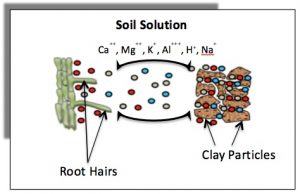
Relief or Topography
The relief or topography denotes to the arrangement or configuration of a an area on the land surface e.g. hill, mountain. It refers to the differences of the height on a broad scale in comparison with the land surface.
There are two main features of topography that affect the soil formation- Slope and aspect.
Slope: The rise or fall of the land surface is called slope. When the soil is steep (rising or falling sharply, almost 90° angle), it can be eroded easily and loss the topsoil. As a result, it becomes thinner. Level soil is better in this perspective.
Aspect: Aspect is the direction of the slope faces relative to the Sun. If the aspect is to the Sun, the soil will face high temperature that causes water loss from the soil.

Time
Time is also a component for the other factors to interact with the soil. Over time, soil exhibit features that reflect the other forming factors. Soil formation processes are continuous. It takes hundreds of years to develop an inch of soil. Recently deposited material, such as the deposition from a flood, exhibits no features from soil development activities. Terraces above the active floodplain, while similar to the flood plain, are older land surfaces and exhibit more development features.

Source:
1. Feature image: https://agriculturegoods.com/the-complete-guide-on-crops-suitable-for-black-soil/
2. www.erathreview.org
3. Soil and climate- Meghan Sendeler
4. Fundamentals of soil science- Forth HD
5. Five factors of soil formation- extention.umn.edu
6. Wikipedia
Written by
Tarek Siddiki Taki
 Plantlet The Blogging Platform of Department of Botany, University of Dhaka
Plantlet The Blogging Platform of Department of Botany, University of Dhaka
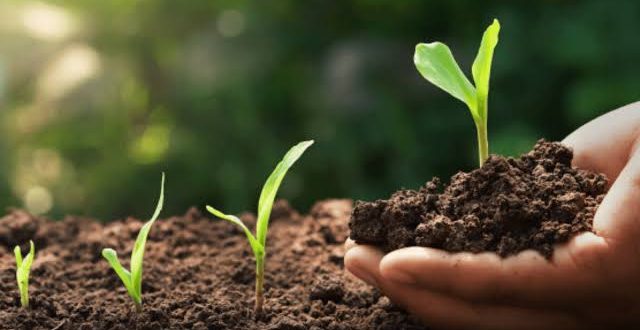




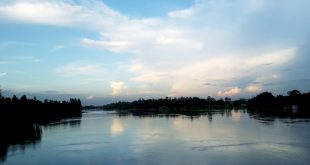
Great Article!
Thank you for your sharing. I am worried that I lack creative ideas. It is your article that makes me full of hope. Thank you. But, I have a question, can you help me?